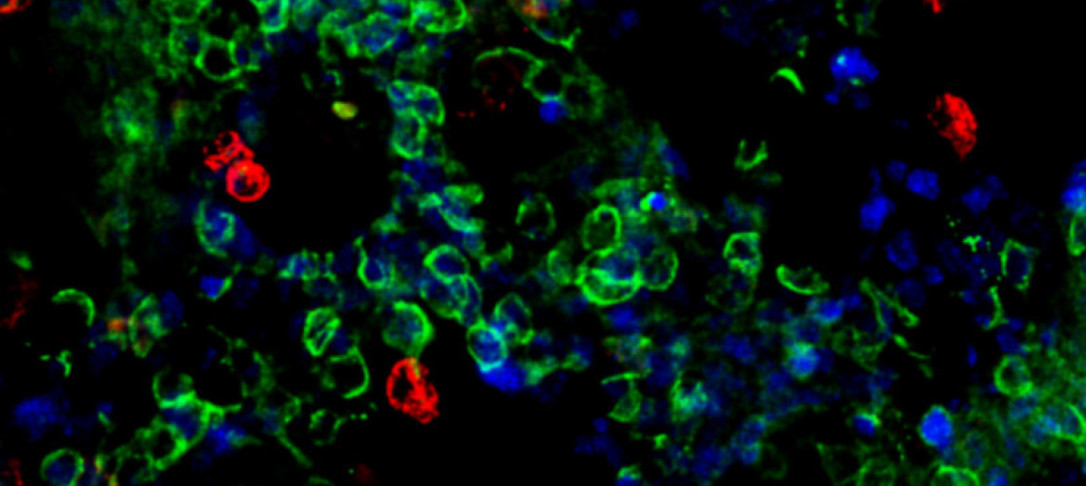
We are delighted to be able to inform you of the October MTWC for Fibrosing Lung Disease lecture series seminar talk, which will be held on Thursday 06th October. To this session we will be welcoming at Imperial our speaker Professor Boris Hinz, University of Toronto.
Talk details as follows:-
Talk Title: Myofibroblasts: more than a cluster in tSNE/UMAP plots
Date: Thursday 06 October
Talk Time: 16:00 – 17:00 UK time
Location: Paul Wood Lecture Theatre, Guy Scadding Building, Brompton Campus, Cale Street, London, SW3 6LY Or Online via Microsoft Teams
Registration is required whether to attending in person or online.
Further info – Boris Hinz
Biography
Boris Hinz is Keenan Research Chair in Fibrosis Research at St. Michael’s Hospital and University of Toronto Distinguished Professor in Tissue Repair and Regeneration. He is appointed with the Faculties of Dentistry, Medicine, and Biomedical Engineering. Dr. Hinz holds a PhD degree (1998) in Cell Biology and Theoretical Biology from the University of Bonn, Germany. From 1999 to 2002, he was postdoctoral fellow with Dr. Giulio Gabbiani, Department of Experimental Pathology, University of Geneva, Switzerland. Dr. Hinz then moved to lead a research group at the Ecole Polytechnique Fédérale de Lausanne (EPFL), Switzerland, joining Cell Biology, Biophysics, and Bioengineering. He was nominated Maître d’enseignement et de recherche (Assistant Professor level) in 2006 and was hired by the University of Toronto in 2009 as Associate Professor appointment (now Full Professor) in the Faculty of Dentistry.
Abstract
Myofibroblasts: more than a cluster in tSNE/UMAP plots
Boris Hinz, PhD
Laboratory of Tissue Repair and Regeneration, Keenan Research Centre for Biomedical Science of the St. Michael’s Hospital, 209 Victoria Street, Toronto, ON M5B 1T8, Canada
Tissues lose integrity upon injury. To rapidly restore mechanical stability, a variety of different cell types are activated to become myofibroblasts. Hallmarks of the myofibroblast are secretion of extracellular matrix, development of adhesion structures with the extracellular matrix, and formation of contractile stress fiber bundles. Rapid repair comes at the cost of tissue contracture due to the inability of the myofibroblast to regenerate tissue. When contracture and extracellular matrix remodeling become progressive and manifest as organ fibrosis, stiff scar tissue obstructs and ultimately destroys organ function. Pivotal for the formation and persistence of myofibroblasts are mechanical stimuli arising during tissue repair and chronic presence of inflammatory cells. I will provide an overview on our current projects aiming at investigating of how mechanical factors orchestrate the activation of myofibroblasts. I will focus on myofibroblast interactions with macrophages and extracellular matrix in persisting wound environments, using lung injury and implant fibrosis as paradigms. By understanding and manipulating myofibroblast mechanoperception and intercellular communication, we will be able to devise better therapies to reduce scarring and support normal wound healing in organ and implant fibrosis.
Questions will be taken from those attending in person but if you would like to send a question through before the event please do send to admin.mtwc@imperial.ac.uk
Supported by
